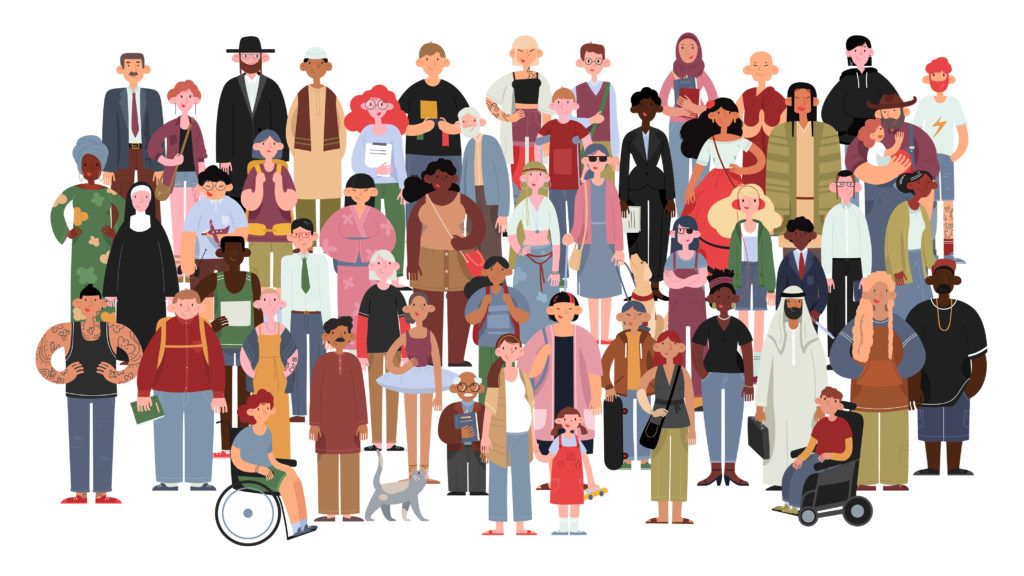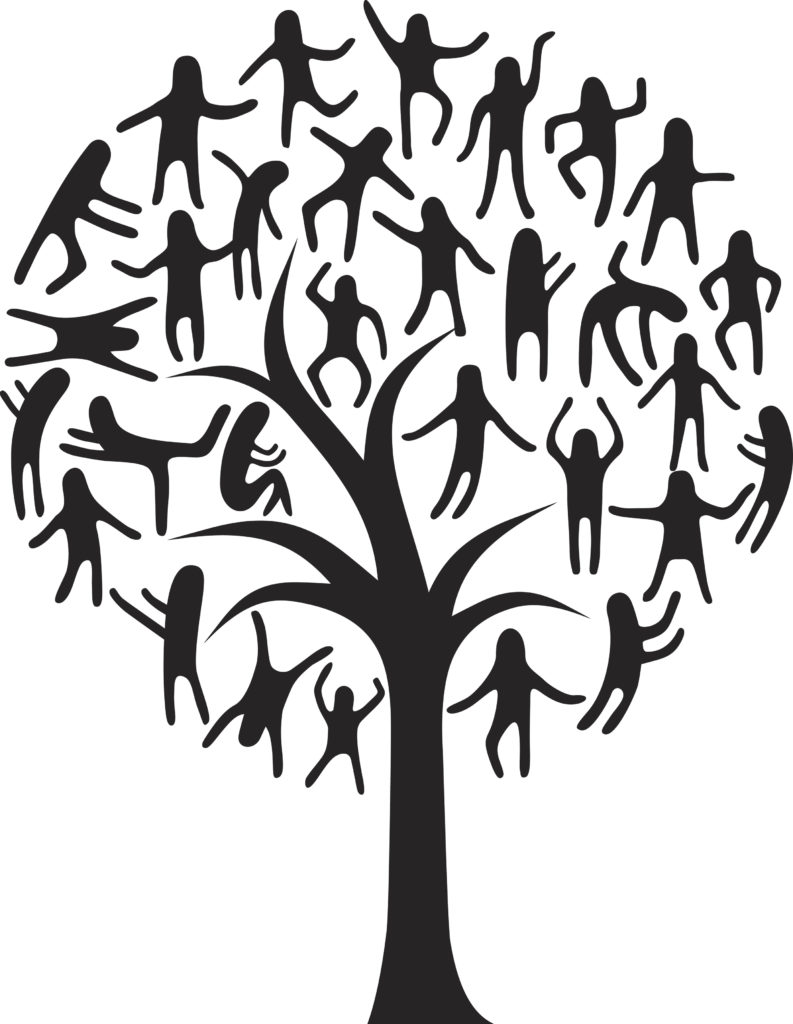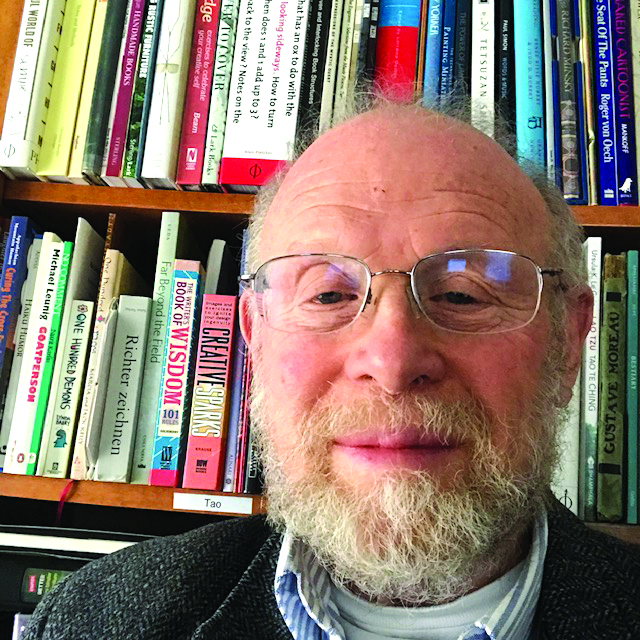There is No Such Thing as a Child: Part One…
By Stuart Copans, MD
When writer Wendell Berry said, “If you don’t know where you are, you don’t know who you are,” he was speaking of our relationship with the land on which we live and the spaces that surround us, including the people and things around us. But where we are is not just a physical place. We exist in a community of people, in a particular time, and, more importantly, in a family, even if we reject it or it rejects us.

As a struggling parent, as well as a trainee child psychiatrist, Donald Winnicott, the influential pediatrician and child psychiatrist, taught me that children needed a “good-enough parent,” and not a perfect parent. He also taught me that there is no such thing as an infant, but only an infant-mother dyad. As a father, I have come to understand this as, “There is no such thing as a child—only a child-family unit.”
Discovering the Child’s World
When I first decided to become a child psychiatrist, I thought the pathway to mental health would come from increasing our understanding of the brain. I even spent a year studying child neurology, and I still find some neurophysiological studies can help us develop hypotheses about our patients’ development. Recent data, for instance, on the rapid proliferation of mirror neurons in toddlers, and their ability to take on, or “mirror,” and exhibit the behavior of those to whom they are bonded, and to incorporate those behaviors into who they are, helps us understand why children exposed to domestic violence so often exhibit aggressive behaviors themselves, and why medications alone seem to be so ineffective in changing those behaviors.

Before my formal training in child psychiatry, I spent two years at the National Institute of Child Health and Human Development working with Leon Yarrow, whose research focused on the bidirectional interactions between child and parent. It was not, as earlier theorists had suggested, a one way street, with parents responsible for the behavior of their children. The child shapes the parent’s behavior, as much as the parents shape the child’s. Later, when training in child psychiatry, my training director was Ray Sobel, a child psychiatrist, psychoanalyst, family therapist, blacksmith. He had been Salvador Minuchin’s supervisor when Minuchin, later becoming one of the world’s most influential teachers and practitioners of family therapy, was in training. When I evaluated a new patient, and before presenting the patient to Dr. Sobel, I would meet with the family as a whole for an hour, with the parents for an hour, with each parent individually, and then with the child for two hours of discussion and play. I would visit the child’s school and observe the child for an hour in the classroom, and, if possible, on the playground during recess, and I would visit the family in their home, and after being shown around the house and neighborhood by the child, would have dinner with the family. Similarly, before a patient could be presented to Adolph Meyer, the first chief psychiatrist of Johns Hopkins Hospital, those he supervised were expected to have spent at least 15 hours in face to face contact with the patient, learning about their developmental life and family history.

This is a lot to ask, and, in most cases in the lives of working professionals impractical, and perhaps not even possible. However, these interactions, at multiple points in the child’s family and social environment, help give us an understanding of what Jakob Von Uexküll called the “umwelt” of the child, or the child’s subjective and personal experience of the world. Having seen this world, it becomes much easier to translate what we see in the playroom, therapy office, or family visits into our work with the child, to better listen to, observe, and interact with the child, and to better understand their view of the world, so we can help them change problematic behaviors.

Of course, we live now in a very different world than the one in which I trained. Many clinicians are expected to do their “complete” evaluation within 60 minutes, much of which is taken up by gathering demographic and historical data. For some practitioners, “understanding the patient” means assigning a DSM diagnosis, which then, using an appropriate algorithm, maps onto a medication and, sometimes, manualized treatment. Indeed, I currently work in settings where I rarely have face to face access to parents and/or other important family members. In addition, over half of my patients (some days, it seems all of my patients) come from families with significant substance abuse problems, where one of the cardinal rules is, “Do not talk about the family,” and especially, “Do not talk about family problems” (see, for instance, Fossum & Mason1). These patients instead locate the problems inside themselves, or sometimes project them onto others, including teachers or peers.
The Family Map

How then can we learn about the family when it isn’t present, and when talking about the family may be breaking unspoken, but clearly communicated, rules of the family? Sometimes, I have children do a series of projective drawings (such as house, person, or animal) before I meet with them, and often there are clues to family secrets that will not be mentioned or discussed (in a house drawing, for instance, no doors or small door, no windows or blacked out windows). Another way to learn about the family that is non-threatening, and has helped me get a better sense of the family system, including the extended family, has been the family map, or genogram. I spend roughly 25 percent of my time with children drawing a three-generational (and sometimes four-generational) map of their family, and before I begin, I explain that the genogram will help us understand their family tree and history, their experiences, and their problems. In language geared to the age and cognitive development of the child, I talk briefly about genetics and how family members share certain things with one another, like hair or eye color, personality traits, or behaviors, as well as social histories. I tell the child I’m making a map of their family that can help me to better understand them and their difficulties, and can help them to better understand themselves as well. Even though I am talking to children and adolescents, they sometimes disclose more about the family history than I learn from their parents. For instance, in several recent evaluations I learned about family suicides from the child rather than the parents, who had not previously mentioned this. In my use of the genogram, I seek general family information so that I can better locate and understand behavioral problems.

The “ideal” genogram includes the name, gender, and age of each family member, their occupations, where they live and who lives with them, and other important details about their lives. It includes the strengths of relationships and family bonds, births and deaths, among other rich details of the family tree (to learn more about how to make and use genograms, see, for instance, McGoldrick et al.2). I seek other important input, from case records and contacts with the parents, for instance, to add or fill in details. Once the genogram is as complete as possible with the child and I working on it together, we look at and talk about the map. We look at behaviors and relationships of family members, offering a view of the world in which the child grew up and lives. One of the goals at this point in the evaluative process is to use the genogram to help understand the family developmental context, but also to help the child understand family context so they can think about and better understand who they are and where their sense of self might have come from.
Setting the Stage

The genogram sets the stage, helping both the practitioner and the child put the child’s life, behaviors, and experiences into context. From here, we go on to a history of the child’s life: the houses in which they have lived, and with whom; their experiences in schools; any important separations or relocations, the stressful and joyous events in their life and the life of their family, and how they responded to these events; and far more. For this developmental history, I use a “life chart,” developed by Adolf Meyer, which I’ll discuss in a future article (part 2). In our next issue, Dr. David Keith, co-author of Family Therapy as an Alternative to Medication,3 will talk about how to help families change their understanding of their child’s problems.
- Fossum, M. A., & Mason, M. J. (1986). Facing shame: Families in recovery. W. W. Norton.
- McGoldrick, M., Gerson, R., & Petry, S. (2020). Genograms: Assessment and treatment (4th edition). W. W. Norton.
- Prosky, P. S., & Keith, D. V (Eds.). (2003). Family therapy as an alternative to medication: An appraisal of Pharmland. Brunner-Routledge.

Stuart Copans, MD
Stu works as a child psychiatrist, cartoonist, papercutter, pataphysician, mailartist, writer, illustrator, and small book publisher, and has written and illustrated books published by major houses. He graduated from Harvard College, earned his medical degree at Stanford, and did his training in psychiatry and child psychiatry at NICHD, GW, UVM, and Dartmouth. Stu currently teaches child psychotherapy at Dartmouth, and evaluates and treats patients in residential care and hospital diversion programs. He was elected to membership in the Group for Advancement of Psychiatry where he is currently a member of the research committee. Stu and his wife Mary have lived in Brattleboro since 1977. They have 4 children and 10 grandchildren. Stu tries not to take himself too seriously, but according to his wife he lapses frequently. His current interests are collaborative processes, therapeutic interactions, and the therapeutic effects of humor and art.


Thank you Dr. Copans…respectfully I have never understood what a psychiatrist wants from me (the parent of a child w/significant behavioral issues) or where they were going with their questions. You have no idea how misunderstood families are…we often try really hard to give professionals all the info they are looking for…however we/families are stressing the things that we think are important. Sometimes I think my family was to stupid to understand professionals and then I realize the professionals should be smart enough to understand stupid families. There seems to be such a significant breakdown in understanding each others position. I am however, very happy to hear you say that children live in the context of a family and there is hope in that position. So thank you for your perspective. My children are now parents themselves and have luckily survived us both (parent and professional) Thank you for your article.